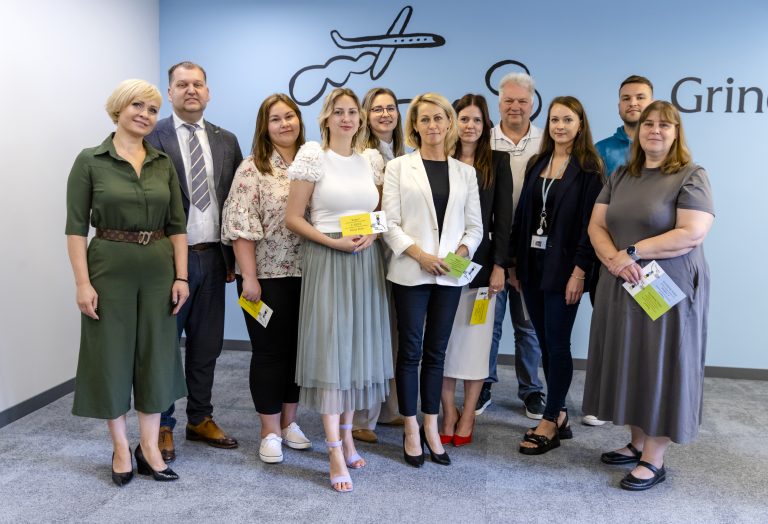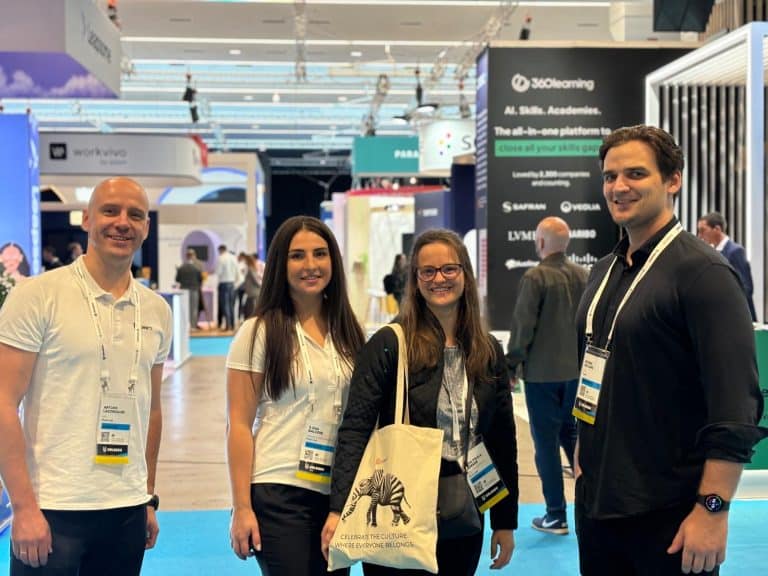Establishing efficient team building activities is not an easy task. In a world filled with different personality types, such activities can border on the uncomfortable for many individuals or environments. Nonetheless, the glue that holds people together and creates bonds at the workplace is a result of successful team building events. Knowing that the team “has my back” is one of the more empowering feelings, that increases job satisfaction, employee engagement, and productivity. Kim Scott, the co-founder of Candor Inc. built her career around a simple team-oriented goal: “Creating bullshit-free zones where people love their work and working together”. Try approaching team-building activities with the same mind-set. Yes, these events can be awkward, Yes it takes time to reap the benefits, but cohesive units that went through all these moments are much more competitive on the market than those preferring to work in echo-chambers.
To build the foundation for such teams, it’s important to be creative, adaptive, and insightful. Team events need to feel authentic and disrupt the stereotypes of “team building, for the company’s sake.” People should feel invested in them and over time, establish relationships that are meaningful through such activities. If done right, not only will these improve the bottom line but positively impact metrics through all levels of your organization. Before we jump into types of team building activities, here are a few Do’s and Dont’s that will help get the right framing for them:
-
Do Not force people to participate
“Must”, “Mandatory”, “Obligatory”, don’t work well if you want to motivate employees to join team building activities. Your goal should be establishing activities that people gravitate towards naturally at their own pace.
-
Create activities you and your employees like
No one team-building activity always works. There is the time and place for everything and you should experiment with activities that create a real sense of enjoyment, even if it isn’t immediately liked company-wide. You could try engaging team members to discover and establish events of their preference. These are great for cross-team collaboration across the office and forges connections across different departments. For example, maybe there’s a great movie trailer that is creating buzz around the office, that can give you an idea for a company movie night, or maybe there are sports activities that your team feels connected to. Empower and experiment!
-
Don’t disrupt work
If your project is having planning issues or deadlines that are crucial for your operation, make sure to account for it when planning team-building activities. No one wants to go out for a drink, just to have an unfinished work-related topic at the back of everyone’s minds.
-
Invest and Go for retreats and offsites
Take the time to get away from the office for outside team-based events. Uninterrupted face to face interactions in an open environment builds wonders for the team. It can be done as much as once per year and maybe a strain on your budget, but it can radically impact your working environment. It doesn’t have to be grandiose and a simple cook-out can be an option. Nothing beats the bonds that teams create while hiking, skiing, or sitting around a fire. Don’t make them a one-time thing as well, humans enjoy predictability and things to look forward to.
-
Always listen to feedback
The lean methodology will help you get it right, don’t be discouraged if you didn’t get it right the first time. Build, execute, measure, try again – that’s what should be aiming for.
5 effective team building activities
Being able to identify and tailor team-building activities around your company is a big responsibility on its own. To help you get started here are 5 activities we found to always bolster the team spirit.
1. Brunches & Lunch
Team events vary in size form and formality. Lunches are part of the more informal events that remain one of the best relationship-building tools in any environment. The concept is to build around putting aside the tasks at hand for a short while and enjoy a free-flowing conversation with your teammates. Check out this research by HBR on how the cafeterias can be a place for great team bonding. Lunches or favorite eating spots are both places for a healthy dose of nutrients and communication.
2. Trivia
Over tea or drinks, playing a round of trivia can improve teamwork in a low-stakes atmosphere. Imagine the cultural knowledge transfer that that comes from quizzing your teammates on matters of pop, entertainment, or meme culture? As long as everyone is comfortable there is only the limit of imagination on what sort of questions and mainstream-related topics you can cover. While mostly done in non-work-related environments, you can establish a round of trivia evening in the meeting room, if it fits your company culture.
3. Donuts, coffee & chats
Starting a workday with donuts, coffee, and a friendly chat, is a great team-building activity. Remember that health should be the top priority, so balance the ratio and amount of carbohydrates you provide for your teammates, but a nice boost of sweet endorphins can bring a smile to your co-worker’s face that can last them through the workday.
4. Karaoke
Get ready to harmonize. An Oxford study revealed that strangers bond faster through singing than writing and crafting. If there are talent and people that want to join, reserve a table at your local karaoke and reach for the stars. Also, a good practice is to support teammates, with artistic skills (say at a local competition), to foster support and cooperation in your organization. Getting cheers from a crowd and being acknowledge for one’s talents is also a great employee engagement and recognition tool.
5. Office lore & artifacts
Stories help people cooperate on a very wide scale. Each work environment has an informal dictionary, acronyms, and stories that weave themselves as part of the company culture. Sharing means carrying and stories or objects can become powerful artifacts, that can create points of reference and bonds for teammates in any given situation. Also useful for fostering relationships with new teammates, so when the time is right, let them in on lore and artifacts that will help them navigate the work environment better. It can be a spot in the office filled with memories, a painting on the wall, or a simple note that has “history” written on it that establishes a sense of belonging and improves team morale.
Conclusion
Team-building should be a consistent tool that boosts your company culture. As long as you don’t create structures and events that demotivate people to participate, create an environment where your co-workers feel comfortable (joining these events at their own pace) you’ll see the full benefits of these activities that will go beyond the workplace.




